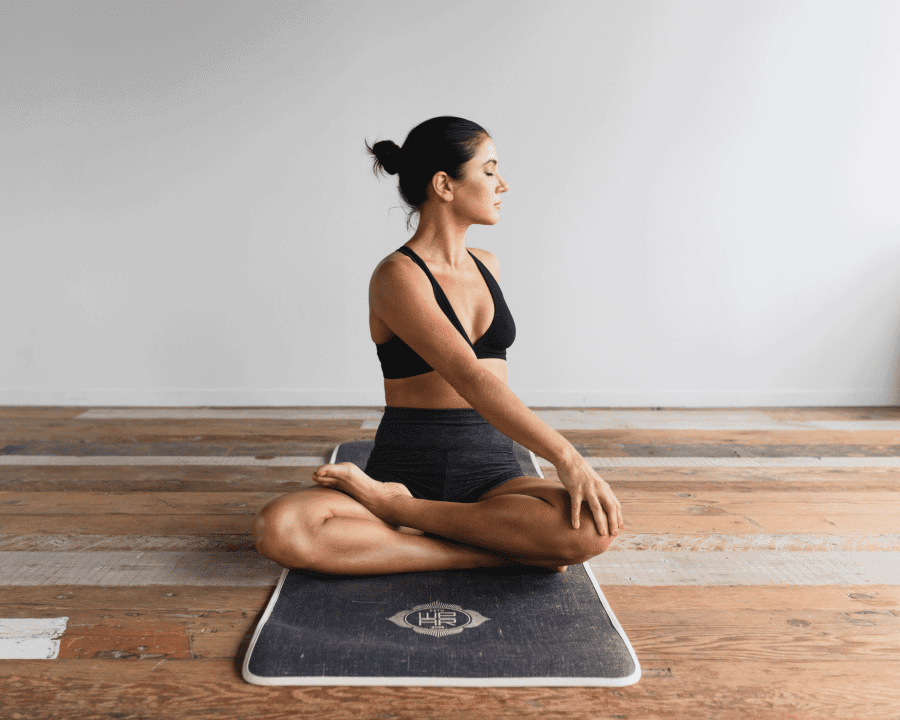If physical activity is so highly valued at Ca’Sole, it is because we know what a rejuvenating cure it is for our seniors.
Endurance, balance, strength, flexibility and agility; these are all physical qualities that physical activity maintains and even develops at any age and in any circumstances.
According to the WHO, 150 minutes of physical activity per week is recommended.
Of course this is a minimum. The ideal is to practice different activities at a rate of 30 minutes per day.
We have selected 5 activities to do during your week, from the most important to the least important.
Gentle gymnastics
The main focus here is on developing muscle strength, strength endurance and balance.
You will do strengthening movements to stimulate all the muscles of the body on poly-articular exercises such as the Squat, Good morning, Lunges, horizontal pulls for the back or sheathing exercises for the abdominal muscles.
Everyday tasks will seem much easier with the strength you gain!
Nordic Walking
There is nothing like Nordic walking to maintain your heart, improve your endurance and protect yourself against cardiovascular disease.
Nordic walking is practised in a group of friends for more conviviality and with poles designed to relieve your joints during the exercise, so you can sweat in complete safety!
With this activity, no more untimely sighs. Live full of energy.
Aquagym
Just like gentle exercise, you will develop your muscular qualities, with the difference that the cardio work will be more intense, and the comfort of the water will relieve your joints and persistent pain. This makes it the ideal activity to cure your back and knee pain.
Stretching
Essential to your week, to relax and calm down, to avoid injuries, to stay mobile and flexible but also and above all: to improve your balance and prevent the risk of falling.
Stretching can be practiced as a routine of 5 to 10 passive stretching exercises (2 minutes per posture), through yoga and its various postures, or in a warm water pool for maximum relaxation.
At Ca’Sole, our qualified educators take care to train in each of these activities in order to guarantee vitality, well-being and longevity to our residents.
Even if physical activity does not eliminate the alterations caused by the aging of the body, it nevertheless allows you to postpone the loss of your physical capacities, to maintain your youth as long as possible, and therefore the risks of dependence by improving your muscular functions, your cardio-respiratory capacities and your balance.
This makes physical activity the best therapy, and a greatly underestimated rejuvenation cure.

Benefits to the heart
When you are physically active, your muscles need more oxygen to function. To meet this demand, your heart starts to work harder. Physical activity helps maintain and even develop the strength, endurance and relaxation capacity of the heart, and reduces the risk of high blood pressure or coronary heart disease, as well as shortness of breath.
Maintaining muscle mass
Aging is accompanied by a progressive atrophy of muscle mass, better known as sarcopenia. In addition to the decrease in functional capacities of strength and balance, this geriatric syndrome also increases the risk of developing metabolic diseases such as diabetes or cholesterol. Physical activity is an excellent way to limit sarcopenia and increase muscle mass and strength. In fact, it increases the strength of knee extensors by 180% and the muscle mass of elderly people by 11%, according to some studies.
Benefits on the respiratory system
By practicing regular physical activity, an elderly person improves his or her respiratory capacity by ensuring good oxygenation in the lungs and bronchial tubes, as well as dilation of all pulmonary alveoli. This results in less breathlessness and better ventilation of the muscles for less fatigue and more pleasure.
Slowing down osteoporosis
One of the most disastrous consequences of a sedentary lifestyle is osteoporosis. This disease is characterized by a weakening of the bones due to a leakage of calcium and a lack of mechanical tension on the skeleton. This lack of mechanical tension is caused by muscle wasting and by the lack of physical activity exerting a stress on the bones, which is necessary to generate new bone tissue. Osteoporosis predisposes to falls and fractures.
The practice of physical activity in the elderly slows down osteoporosis by encouraging the mobilization of joints.
Strengthen immune defenses
Regular physical activity also strengthens our immune system thanks to the increase in muscle mass and the greater secretion of anabolic hormones. Faced with the appearance of new diseases induced by our diet and our environment, strengthening our muscles is the best way to protect ourselves against these diseases.
Prevention of cancer and visceral fat gain
Physical activity also plays a protective role against obesity and certain cancers such as lung cancer or prostate cancer.
Psychological benefits
Physical activity is not only beneficial for the physical well-being of seniors. It also improves psychology through emotional well-being, self-confidence and quality of life. The practice of a physical activity in a group or in a club allows an elderly person to break with social isolation. Sport creates social ties and reduces the risk of depression linked to isolation. This social stimulation also has real effects on memory and cognition.

